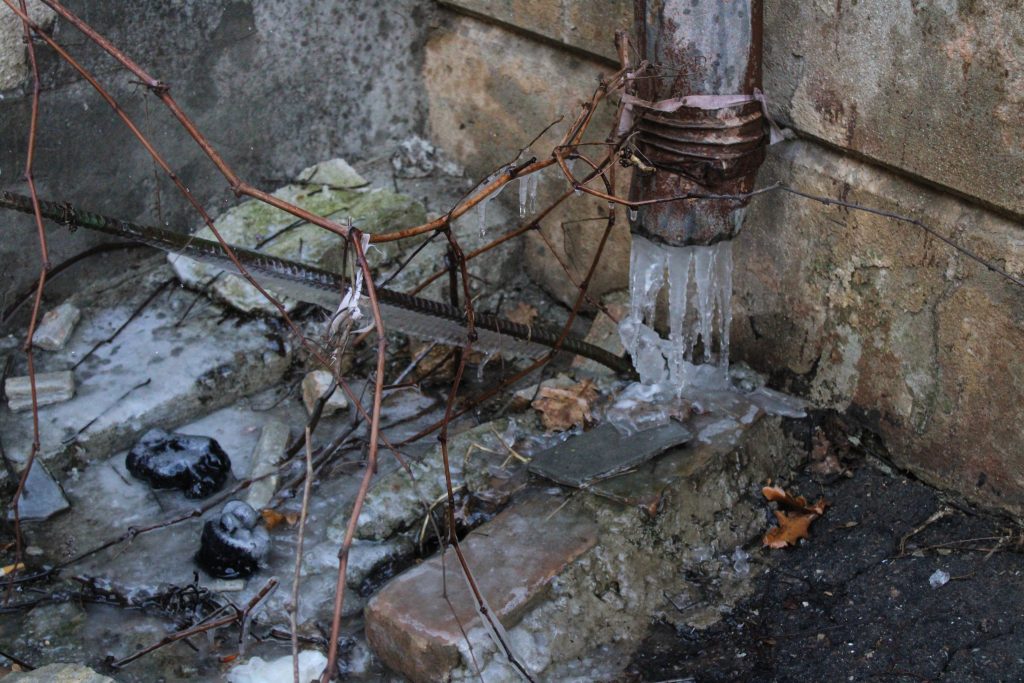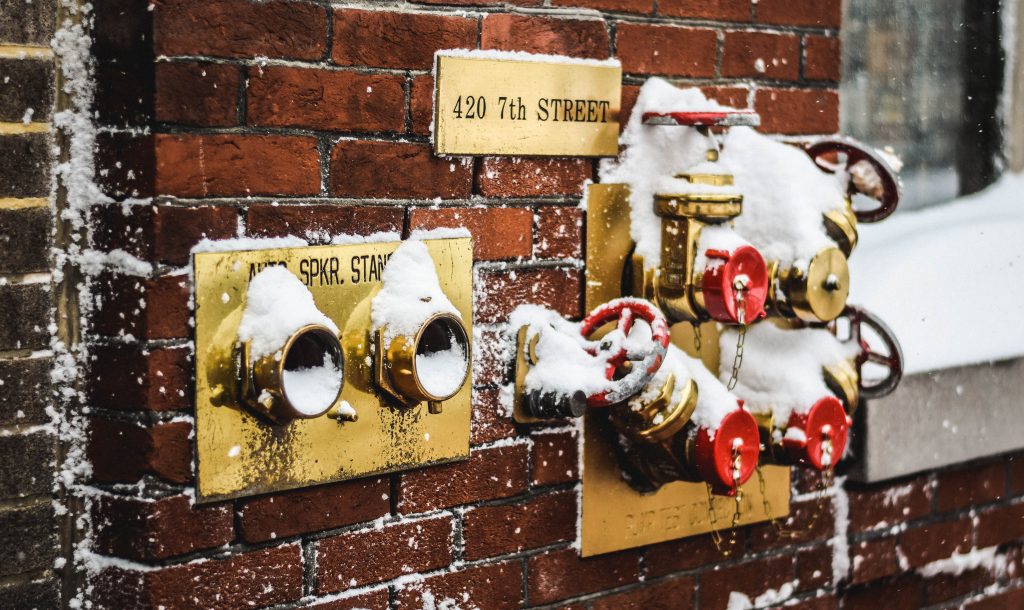Pipes are often freezing during winter. This could happen when there is a sudden drop in temperature or the thermostat is just too low. It could also happen where there isn’t proper insulation, or the insulation is old and not as effective as it should be.
Frozen pipes are a major plumbing challenge during winter. And this is why: When water freezes, it expands. When the water expands, it causes extreme pressure inside the pipes. Despite how strong the pipe is, it would break under this pressure.
It is more common for pipes in interior areas to get frozen easily. Places like the basement, attic, kitchen cabinets, garages, crawl places, etc. are prone to pipe freezing. It’s because these areas are often unheated.
Want to know the best part? You can prevent them from freezing.
Here’s how…
1. Leave the thermostat on
When the temperature drops, you need to maintain the warmth in your home. Keeping the pipes warm is one way to prevent pipe freezing. Maintain the same temperature on your thermostat during the day and at night.
It is the sudden changes in temperature that cause pipe freezing during winter. So, significantly reducing the temperature at night may be causing the problem.
It is advisable to keep your heat use to a minimum during winter to save on the heating bill. But let that minimum not be less than 55º F. Anything less and you will risk having frozen pipes that could also break due to the built-up pressure inside it.
And then you’ll end up spending your heating bill savings on unclogging frozen pipes or repairing the broken parts. So, there’s a balance between minimum temperature and your pipes staying warm enough.
If you won’t be home during winter, set your thermostat to that minimum. Leave the heat on for the period you will be away. It would be disastrous for you to return home only to discover that your pipes burst.
2. Run taps
Keeping your taps running is another way to stop pipes from freezing in winter. Allow water to run from the faucet through the pipes. Allow the water to run for a long time. You could turn on the tap and let it trickle slowly down the pipe.
Running cold and hot water down your pipe would go a long way to protect your pipes. It is best to allow warm water to trickle down the pipe throughout the night. This is because at night the temperature drops and is lower.
You don’t have to leave all the taps on. Identify a few central ones. These will do the job. As the water moves through your pipes, it generates heat from that activity. The little heat generated is enough to keep the pipes from freezing.
3. Insulate your pipes
Pipe insulation is so important during winter. It will cost you money to insulate your pipes. However, it is only a little cost compared to the cost of repairing and replacing your pipes when they burst.
During the insulation process, focus more on pipes in crawl spaces, garages, kitchen cabinets, bathrooms, and other interior spaces around the home that are unheated.
Also, you might have to insulate your walls, windows, and doors. Your walls, windows, and doors need to be sealed. The reason is to prevent warm air from escaping outside. Insulating the walls, windows, and doors will trap the heat inside and prevent the cold outside from finding its way into the house.
During winter, the tiniest opening can bring in so much cold that would make your pipes freeze. When this happens, you would spend time, energy, and resources to defrost frozen pipes.
4. Leave interior doors open
While you should keep exterior doors closed to keep the heat in the house, keep interior doors open. The reason for keeping interior doors open is to allow the heat inside to circulate. Open the doors to your bathroom, kitchen cabinet, and other small spaces with plumbing pipes.
Opening the doors will allow warm air to get to the pipes under the sink and cabinets. It will also get to the pipes that are not insulated. Thus, it promotes proper circulation of warm air around the house.
There are common questions about this topic that we get asked as plumbing and heating professionals in Missoula. We’ve decided to answer here for our blog audience. Check them out:

Pipe Freeze FAQ
What material is best to prevent pipes from freezing?
You could use the foam coverings available in stores or make use of old towels and blankets. These materials will be useful in insulating your pipes. However, you need to be careful of fire hazards.
Should I drain my pipes to keep them from freezing?
Draining your water system of water helps to stop pipes from freezing in winter, especially if you will be away during that time. Also, drain pipes that are in unheated areas. Don’t forget the outdoor pipes and underground swimming pool and sprinkler pipes.
Also, drain all the exterior hoses and close the valves that supply water from inside to the hose outside.
What do you wrap around pipes to prevent freezing?
You can wrap heat tapes, cables, newspapers, or towels soaked in warm water around your pipes.
How cold can your house get before pipes freeze?
Water freezes at 32º F. However, the pipes in your home or building will not freeze when the temperature outside is 32º F. This is because the insulation in your home protects the pipes from the temperature outside the home. The pipes in your home would likely start freezing when the exterior temperature is 20º F.
How do you keep your pipes from freezing without heat?
Keeping your garage door closed and running the tap are great ways to prevent pipe freezing without using heat. Insulation and draining the water system are other ways of achieving the same result.
Can pipes freeze in one night?
If the temperature outside drops to 20º F or lower, and remains that way for about six hours, your pipes will start freezing. Although, this may not be the case where the house and the pipes have enough insulation protecting them.






Can I flood my septic tank by leaving water running slowly through inside faucets and showers?